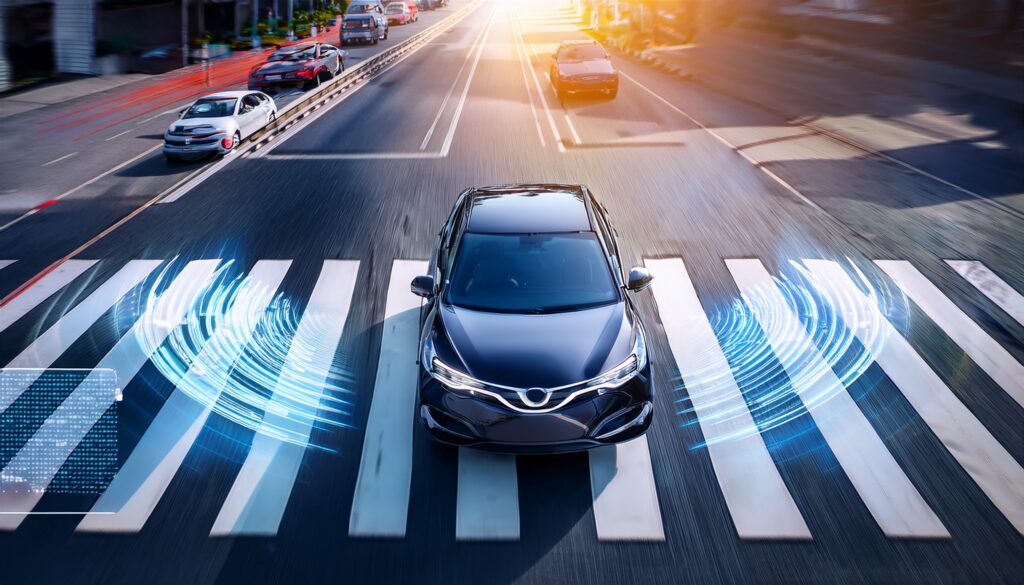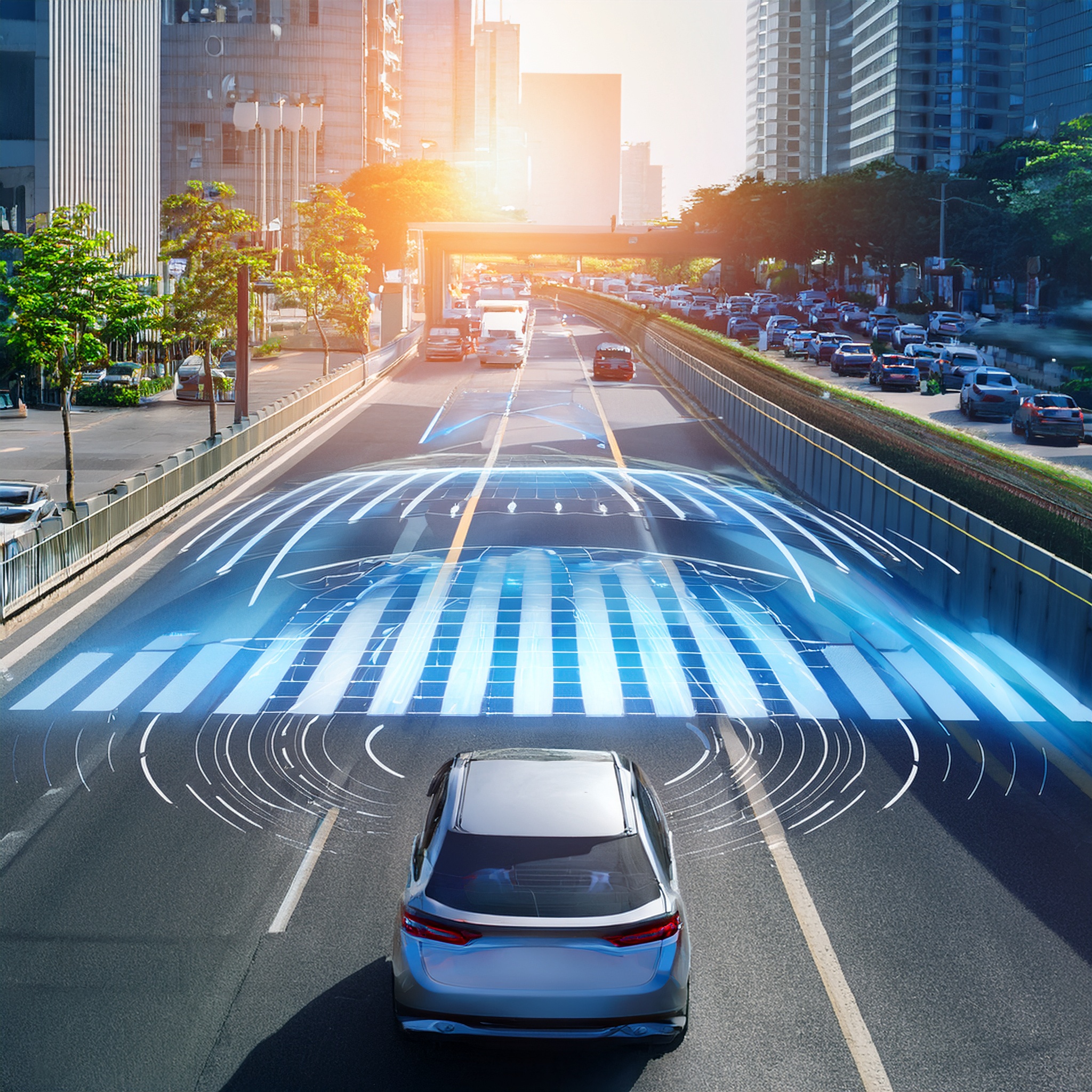1- Introduction
🚨 In split-second moments on the road, a life-saving technology may be the only thing standing between a close call and a collision, Automatic Emergency Braking (AEB) is a cutting-edge system that steps in to stop or slow the vehicle when a crash is imminent and the driver fails to act, This life-saving innovation has significantly reduced accident-related injuries and deaths worldwide.
Table of Contents
2- What Is Emergency Braking Technology?
🧠 As part of modern ADAS technologies, emergency braking systems help recognize oncoming threats such as vehicles or pedestrians and respond rapidly, If it senses an imminent crash and the driver does not respond, it activates the brakes to slow down or stop the vehicle, AEB has become standard in many new cars due to its proven safety benefits.
3- How AEB Systems Work
⚙️ To detect potential collisions, AEB systems combine radar, camera input, and sometimes lidar to constantly evaluate the environment ahead, The system continuously evaluates the distance and relative speed between your car and objects ahead, If it calculates that a crash is likely, it may first alert the driver with visual or audible warnings, If no action is taken, it engages the brakes automatically.
4- Types of Emergency Braking Systems
📊 There are three main types of AEB systems:
– Low-speed AEB : Designed for city driving, it helps avoid bumper-to-bumper collisions.
– High-speed AEB : Tailored for freeway driving, it automatically reacts to sudden stops or fast-closing gaps to minimize high-speed collision risks.
– Pedestrian AEB : Detects people crossing and intervenes if necessary.
Each type enhances safety in specific driving scenarios.
5- Sensors and Technology Behind AEB
📡 AEB systems rely on:
– Radar sensors : Continuously scan the road ahead to detect moving or stationary objects and assess collision risks in real tim.
– Cameras : Identify pedestrians, cyclists, and lane markers.
– Lidar (in some models) : Provides precise 3D mapping of surroundings.
These components work together in milliseconds to ensure a fast response.
6- Why Emergency Braking Matters for Everyday Drivers
✅ Emergency braking helps:
– Avoid rear-end crashes
– Reduce severity of unavoidable collisions
– Improve safety ratings for vehicles
– Lower insurance premiums in some cases
– Increase driver confidence, especially in heavy traffic
7- Real-Life Examples Where AEB Prevented Accidents
🛑 In California, a distracted driver failed to notice traffic had stopped ahead, The AEB system slowed the vehicle just in time to avoid a crash, In Florida, an SUV avoided hitting a pedestrian thanks to AEB detection, Fleet companies have reported fewer fender-benders after equipping their trucks with AEB.

8- How AEB Affects Insurance and Safety Ratings
💸 Many insurance companies offer discounts for cars equipped with AEB, Vehicles with AEB also score higher in safety tests conducted by organizations like IIHS and Euro NCAP, This technology is now a determining factor in awarding Top Safety Pick ratings.
9- Limitations of Emergency Braking Systems
⚠️ Despite its benefits, AEB has some limitations :
– May not detect stationary objects at high speeds
– Can be affected by poor weather (fog, snow)
– Requires proper calibration
– Some systems only function above certain speeds
Drivers should remain alert and not over-rely on the system.
10- Maintenance and Calibration Tips
🧰 To keep AEB effective :
– Calibrate after windshield or bumper repairs
– Clean sensors and cameras regularly
– Follow manufacturer guidelines for system checks
– Don’t block sensors with stickers or dirt
11- Future Innovations in Braking Technology
🔮 The future of AEB includes :
– Integration with 5G and vehicle-to-everything (V2X) communication
– Predictive braking using AI
– Expanded pedestrian and cyclist detection zones
– Multi-lane emergency response capability
12- AEB and Pedestrian Safety
🚶 AEB systems with pedestrian detection help reduce fatalities, especially in urban areas, They respond faster than human reflexes and can bring the vehicle to a full stop if a person walks into the road unexpectedly, As cities grow more crowded, this function becomes increasingly essential.
13- Final Thoughts
📝 Emergency braking systems are not a luxury they’re a necessity in today’s driving environment, While no technology is perfect, AEB offers a crucial layer of protection that can mean the difference between a close call and a tragedy, Drivers should understand how it works and ensure it’s properly maintained for maximum safety.
➡️ Learn how :
Tire Pressure Monitoring Systems (TPMS): Why They Matter for Your Safety
📌 Internal Link :

